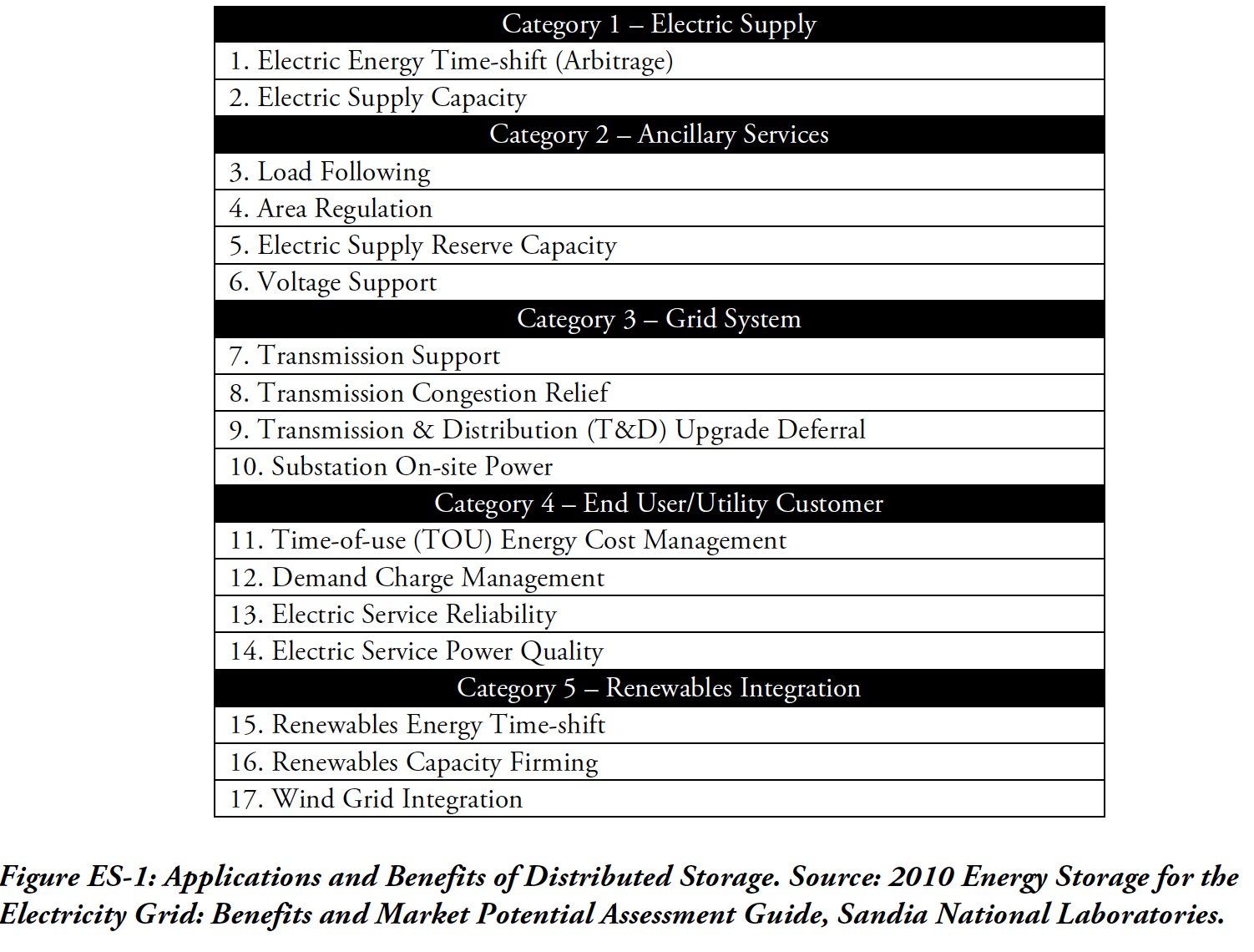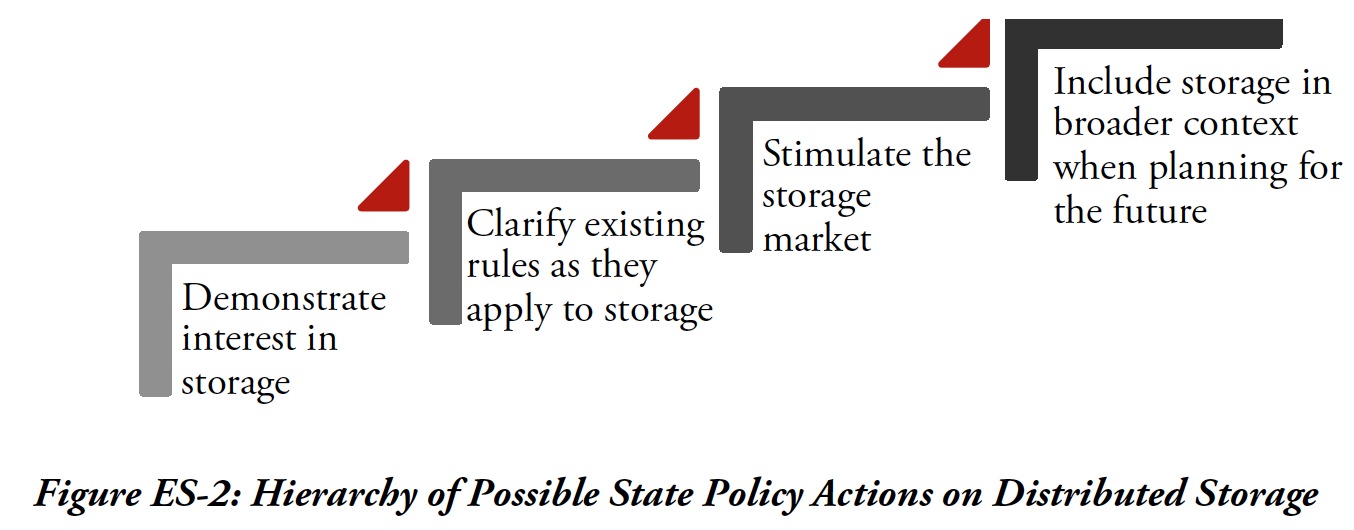INTERSTATE RENEWABLE ENERGY COUNCIL (IREC)
Executive Summary
In the last 10 years the percentage of electricity generated in the United States from renewable sources, has grown at an impressive rate, including significant amounts of generation located on the distribution system. Solar photovoltaic (PV) electricity systems in particular have evolved rapidly from a once-niche technology to one that is now widely used by schools, households, businesses and utilities across the country. Distributed renewable energy offers a wide range of environmental, societal and customer benefits, however their introduction in large numbers will require innovative and forward thinking regulatory policies in order to smoothly integrate them into the existing electrical system.
While there are significant benefits to generating electricity closer to load, the electric system was also not originally designed with large amounts of local generation in mind and there are implications of two-way power flow that need to be taken into account in order to maintain power quality and reliability. At low penetrations, issues associated with the integration of distributed renewable energy resources can likely be managed with existing grid management technologies and techniques, without the need for significant regulatory changes. However, as penetration levels grow, more significant regulatory changes and modifications to the topology of the grid may be necessary.
Some states are already experiencing some of the benefits as well as the challenges of high renewables penetration and have begun to look into the potential for distributed energy storage and other distributed energy resources (DERs) to help ease integration of renewables, while also expanding the quality of service for ratepayers. While the number of markets already at this tipping point is relatively small, it is likely that a significant number of states will achieve high levels of distributed renewable energy penetration within the next 10 years. The states that take proactive steps to establish the appropriate regulatory, market and technical foundations for DERs are less likely to experience delays or market slow-downs as a result of integration challenges.
Among the technologies that can facilitate increased deployment of renewable energy, distributed energy storage – i.e. storage systems interconnected to the utility-owned distribution system, on either the customer or utility’s side of the meter – has particularly notable potential to address grid integration challenges while also providing valuable services to the grid and to energy customers. Distributed storage has the ability to address a very wide range of potential issues – including but not limited to renewable energy integration, variability management, peak management, voltage and frequency regulation, grid resiliency, and energy management – and thus is gaining specific attention from customers, utilities and regulators. (See Table ES-1). Storage also has the potential to offer additional benefits to customers, both by helping them directly manage their energy use and offering distribution system managers new tools to help maintain and even enhance the functionality of the electricity system.
Download full version (PDF): Deploying Distributed Energy Storage
About the Interstate Council on Renewable Energy (IREC)
www.irecusa.org
Today, IREC is a nationally recognized thought leader, stakeholder coordinator, expert resource and facilitator of regulatory reform. Our work expands consumer access to clean energy; generates information and objective analysis grounded in best practices and standards; and leads national efforts to build a quality-trained clean energy workforce, including a unique credentialing program for training programs and instructors.
Tags: Distributed Energy Storage, Interstate Council on Renewable Energy, IREC, PV








 RSS Feed
RSS Feed